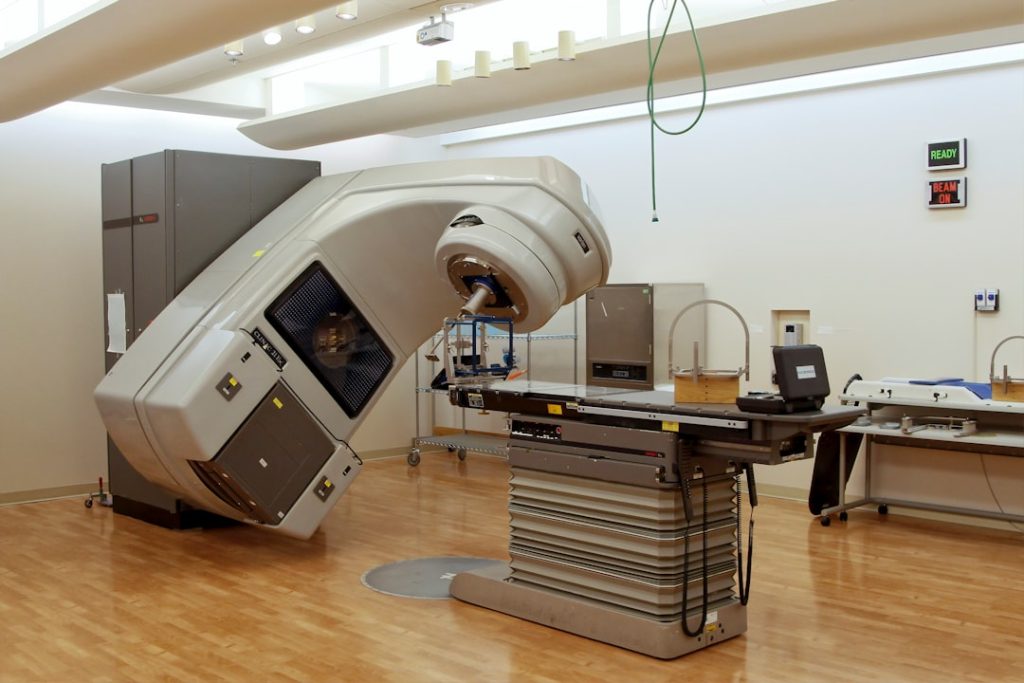
Licensed Practical Nurses (LPNs) and Licensed Vocational Nurses (LVNs) are two designations that often cause confusion among those considering a career in nursing. While both roles share a significant overlap in responsibilities and functions, the primary distinction lies in the terminology used based on geographical location. LPN is the term predominantly used in most states across the United States, while LVN is specifically used in California and Texas.
This difference in nomenclature does not imply any variation in the scope of practice or the level of training required; rather, it reflects regional preferences in terminology. Both LPNs and LVNs provide essential nursing care under the supervision of registered nurses (RNs) and physicians. Their duties typically include monitoring patients’ vital signs, administering medications, assisting with daily living activities, and maintaining patient records.
The roles are critical in various healthcare settings, including hospitals, nursing homes, and outpatient facilities. Despite the differences in title, LPNs and LVNs are often interchangeable in practice, performing similar tasks and adhering to the same regulatory standards set forth by state nursing boards.
Key Takeaways
- LPN and LVN are essentially the same role, with the only difference being the terminology used in different states.
- LPNs and LVNs require a diploma or certificate from an accredited program, which typically takes about a year to complete.
- LPNs and LVNs can work in a variety of settings, including hospitals, nursing homes, and home healthcare.
- LPNs and LVNs can expect to earn a median annual salary of around ,000, with opportunities for benefits such as healthcare and retirement plans.
- LPNs and LVNs can advance their careers by pursuing further education and training, such as becoming a registered nurse or specializing in a specific area of healthcare.
Education and Training Requirements for LPNs and LVNs
The educational pathway to becoming an LPN or LVN generally involves completing a practical nursing program, which can be found at community colleges, vocational schools, or technical institutes. These programs typically last about one year and culminate in a diploma or certificate. The curriculum is designed to provide students with a solid foundation in nursing theory, clinical skills, and patient care practices.
Courses often cover subjects such as anatomy, pharmacology, nutrition, and nursing ethics, ensuring that graduates are well-prepared for their roles in healthcare. In addition to classroom instruction, practical nursing programs include hands-on clinical experiences where students can apply their knowledge in real-world settings. This clinical training is crucial as it allows aspiring LPNs and LVNs to develop their skills under the guidance of experienced nurses.
After completing their education, candidates must pass the National Council Licensure Examination for Practical Nurses (NCLEX-PN) to obtain licensure. This standardized exam assesses their competency to practice safely and effectively as entry-level nurses.
Job Opportunities and Settings for LPNs and LVNs

LPNs and LVNs enjoy a diverse array of job opportunities across various healthcare settings. They can be found working in hospitals, long-term care facilities, rehabilitation centers, outpatient clinics, and even private homes. The versatility of their training allows them to adapt to different environments and patient populations.
For instance, in a hospital setting, LPNs may work on medical-surgical units, providing care to patients recovering from surgery or managing chronic illnesses. In contrast, those employed in nursing homes often focus on geriatric care, assisting elderly residents with daily activities and monitoring their health. The demand for LPNs and LVNs is expected to remain strong due to an aging population that requires increased healthcare services.
Additionally, as healthcare delivery models evolve, there is a growing emphasis on preventive care and chronic disease management, which further expands the role of practical nurses. Many LPNs and LVNs also find opportunities in specialized areas such as pediatrics, mental health, or home health care, allowing them to tailor their careers to their interests and strengths.
Salary and Benefits for LPNs and LVNs
| Location | Median Salary | Health Insurance | Retirement Benefits |
|---|---|---|---|
| United States | 47,480 | Yes | Yes |
| California | 61,240 | Yes | Yes |
| Texas | 45,030 | Yes | Yes |
The financial compensation for LPNs and LVNs can vary significantly based on factors such as geographic location, years of experience, and the specific healthcare setting in which they work. According to data from the U.S. Bureau of Labor Statistics (BLS), the median annual wage for LPNs and LVNs was approximately $48,000 as of May 2022.
However, wages can range from around $37,000 to over $60,000 depending on these variables. For example, LPNs working in metropolitan areas or specialized facilities may command higher salaries compared to those in rural settings or entry-level positions. In addition to competitive salaries, many LPNs and LVNs receive a comprehensive benefits package that may include health insurance, retirement plans, paid time off, and opportunities for continuing education reimbursement.
Some employers also offer sign-on bonuses or tuition assistance programs to attract new talent to their facilities. These benefits contribute to the overall appeal of a career as an LPN or LVN, making it an attractive option for individuals seeking stability and growth within the healthcare field.
Advancement Opportunities for LPNs and LVNs
While LPNs and LVNs often begin their careers in entry-level positions, there are numerous pathways for advancement within the nursing profession. Many choose to further their education by pursuing an Associate Degree in Nursing (ADN) or a Bachelor of Science in Nursing (BSN), which enables them to become registered nurses (RNs). Transitioning to an RN role not only expands their scope of practice but also opens doors to higher-paying positions and leadership opportunities within healthcare organizations.
In addition to pursuing further education, LPNs and LVNs can also specialize in specific areas of nursing practice through certification programs. Specializations such as wound care nursing, gerontology nursing, or IV therapy can enhance their skills and marketability. Furthermore, some LPNs take on supervisory roles or become charge nurses within their facilities, overseeing other nursing staff and coordinating patient care efforts.
These advancement opportunities allow practical nurses to grow professionally while continuing to provide valuable care to patients.
Challenges and Rewards of a Career as an LPN or LVN

A career as an LPN or LVN comes with its own set of challenges that require resilience and adaptability. One significant challenge is the demanding nature of the job itself; practical nurses often work long hours that may include nights, weekends, and holidays. The fast-paced environment of healthcare can lead to high levels of stress as they juggle multiple responsibilities while ensuring patient safety and comfort.
Additionally, LPNs may encounter emotionally taxing situations when caring for patients with serious illnesses or those nearing the end of life. Despite these challenges, many LPNs and LVNs find immense rewards in their work. The opportunity to make a meaningful impact on patients’ lives is a driving force for many in this profession.
Building relationships with patients and their families fosters a sense of fulfillment as they witness progress in recovery or provide comfort during difficult times. Moreover, the camaraderie among healthcare professionals creates a supportive work environment where teamwork is essential for delivering quality care.
Continuing Education and Professional Development for LPNs and LVNs
Continuing education is vital for LPNs and LVNs who wish to stay current with evolving healthcare practices and maintain their licensure. Many states require practical nurses to complete a certain number of continuing education hours every few years as part of the renewal process for their licenses.
Professional development extends beyond mandatory continuing education; it also encompasses networking opportunities through professional organizations such as the National Association for Practical Nurses (NAPNES) or the National Federation of Licensed Practical Nurses (NFLPN). Membership in these organizations provides access to resources such as journals, mentorship programs, and advocacy efforts aimed at enhancing the profession’s visibility and influence within the healthcare system.
The Future of LPN and LVN Careers in the USA
The future outlook for LPNs and LVNs appears promising as the demand for healthcare services continues to rise. Factors such as an aging population requiring more extensive medical care and an increasing focus on preventive health measures contribute to this positive trend. According to projections from the BLS, employment for LPNs is expected to grow by 9% from 2020 to 2030, which is faster than the average for all occupations.
As healthcare systems adapt to meet changing patient needs, the role of LPNs and LVNs will likely evolve as well. There may be greater integration of technology into nursing practice, requiring practical nurses to develop proficiency with electronic health records (EHR) systems and telehealth platforms. Additionally, as interdisciplinary teams become more common in healthcare settings, LPNs may find themselves collaborating more closely with RNs, physicians, and other healthcare professionals to deliver comprehensive patient care.
With a solid educational foundation, diverse job opportunities, competitive salaries, avenues for advancement, ongoing professional development options, and a bright future ahead, pursuing a career as an LPN or LVN can be both fulfilling and rewarding for those drawn to the nursing profession.
If you are interested in learning more about the career opportunities for Licensed Practical and Licensed Vocational Nurses in the USA, be sure to check out the article “Top 10 States for LPNs and LVNs” on Careers in the USA. This article provides valuable insights into the best states for LPNs and LVNs to work in, based on factors such as job availability, salary, and quality of life. It is a must-read for anyone considering a career in nursing in the United States.
FAQs
What is the difference between a Licensed Practical Nurse (LPN) and a Licensed Vocational Nurse (LVN)?
The terms Licensed Practical Nurse (LPN) and Licensed Vocational Nurse (LVN) are used interchangeably and refer to the same role. The title used depends on the state in which the nurse is licensed to practice.
What are the educational requirements to become a Licensed Practical or Licensed Vocational Nurse?
To become an LPN/LVN, individuals must complete a state-approved nursing program, which typically takes about one year to complete. These programs are offered at community colleges, technical schools, and some hospitals.
What are the typical job duties of a Licensed Practical or Licensed Vocational Nurse?
LPNs/LVNs provide basic nursing care under the supervision of registered nurses and doctors. Their duties may include taking vital signs, administering medication, dressing wounds, and providing basic patient care.
What are the job prospects for Licensed Practical and Licensed Vocational Nurses in the USA?
According to the U.S. Bureau of Labor Statistics, employment of LPNs and LVNs is projected to grow 9 percent from 2019 to 2029, much faster than the average for all occupations.
What is the average salary for Licensed Practical and Licensed Vocational Nurses in the USA?
According to the U.S. Bureau of Labor Statistics, the median annual wage for licensed practical and licensed vocational nurses was $47,480 in May 2020.






